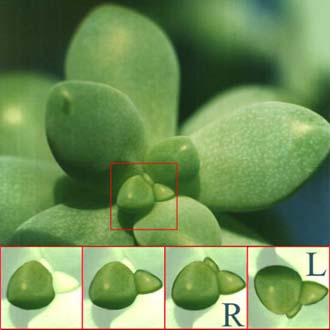

Proceeding proximally from the root tip one encounters the following regions which transition gradually and overlap: Developmental changes in primary root growth The cells of this root cap are continually sloughed off as the root extends through the soil, and the root cap ensures that meristematic cells themselves are not sloughed off. However, in a small portion of cells it is the proximal cell that remains meristematic and the distal cell matures and becomes part of the protective root cap, located at the extreme distal end of the root. In the vast majority of cell divisions of root meristematic cells, the cell that remains meristematic is distal, and the expansion of the other cell pushes the meristematic region into the soil. Most roots are roughly 20 to 100 cells wide (assuming only primary growth) but roots are often millions or trillions of cells long.Īssuming a cell division that adds to the number of cells in the distal/proximal plane, a second key consideration following cell division is whether the cell that remains meristematic (and does not grow) is distal (towards the tip) or proximal (towards the rest of the plant). Cell divisions in the root apical meristem adds cells in the distal direction and only to a limited extent do roots add cells radially. This is similar to how a unicellular filament divides to extend itself, with cell divisions that are perpendicular to the long axis of the filament. Even more significant than the expansion of individual cells is the fact that most cell divisions in the meristematic zone divide cells, so that most of the additional cells that are produced are in the longitudinal (distal/proximal) plane. There is much less expansion radially, hence roots primarily grow longer, not wider, and this growth occurs near the root tip. Cells that are produced by the root apical meristem expand the most in a distal/proximal direction (up/down, assuming the root is vertical) and produce cells that are elongate in this direction. (Roots exhibiting secondary growth do increase in diameter and are discussed in the next chapter). Because there is no more cell division or expansion after one moves a short distance from the root apex, the diameter of a root showing only primary growth is generally constant along its length, except for the terminal few millimeters. Moving back from the tip (proximally, towards the plant body) one encounters older and more mature cells, recognizable because they are larger, no longer dividing, and possess features that distinguish different cell types, e.g., secondary cell walls of tracheids and vessel tube members. Near the tip is the meristem, recognized by the small size of cells and by mitotic activity, often evidenced by the appearance of chromosomes. If a root is sectioned along the long axis (i.e., a longitudinal section) its developmental pattern is readily apparent. In this chapter, we describe in more detail the plant anatomy of flowering plants resulting from primary growth (growth derived from root or shoot apical meristems), and consider the developmental changes and consequently the patterns shown with age (distance from the apex). Note that the root of the seedling in the foreground is (atypically) running horizontally. The junction between the root and stem is at the soil surface. The tip of the shoot is between the two leaves (cotyledons). Leaves have a tip to base polarity and often have a top/bottom polarity. Roots and shoots show two polarities, a radial polarity, meaning that tissues and cells differ as one moves outward from the center (along a radius), and a proximate/distal polarity, meaning that cells at the tips of organs, where they are produced, differ from cells away from the tip, cells which are older. The dermal tissue is the tougher outside, the vascular bundles are seen as small circles scattered in the outer portion of the stem, and ground tissue makes up the rest. This basic anatomy is easily seen in asparagus if one trims the base and looks at the cut end. In both cases there is ground tissue filling the space between vascular strands and dermal tissue. The three organs differ in the distribution of vascular tissue: in roots it occurs as a single central strand in stems, the vascular tissue occurs as multiple bundles imbedded in ground tissue and in leaves the vascular tissue often occurs as a reticulate network of veins or as parallel strands of vascular tissue. Chapter 8: Vascular plant anatomy: primary growthĪs described in Chapter 6 the three organs of vascular plants (roots, stems and leaves) have the same basic structure: a boundary of dermal tissue enclosing ground tissue that has one to many strands of vascular tissue running through it.


 0 kommentar(er)
0 kommentar(er)
